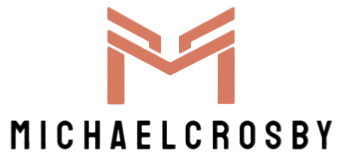In today’s digital landscape, data security is paramount. With the proliferation of cloud services like Microsoft Azure, protecting sensitive information and controlling access to resources has become more complex yet crucial than ever. Azure Role-Based Access Control RBAC emerges as a powerful tool in this endeavor, offering a structured approach to managing permissions within Azure resources. Azure RBAC provides fine-grained access management for Azure resources, allowing administrators to assign specific roles to users, groups, or applications at a granular level. By defining roles with specific permissions, organizations can ensure that users have access only to the resources they need to perform their tasks, minimizing the risk of unauthorized access and data breaches. One of the key benefits of Azure RBAC is its flexibility in defining roles. Azure provides built-in roles with predefined sets of permissions, such as Owner, Contributor, and Reader, covering common scenarios. However, organizations can also create custom roles tailored to their specific requirements, granting precise permissions to users or groups based on their responsibilities and access needs.
This flexibility enables organizations to enforce the principle of least privilege, granting users only the permissions necessary to accomplish their tasks while limiting exposure to sensitive resources. Implementing azure role based access control involves several key steps. First, administrators need to define roles that align with their organization’s security policies and compliance requirements. This entails identifying the appropriate permissions for each role, considering factors such as data sensitivity, regulatory compliance, and operational needs. Once roles are defined, administrators can assign them to users, groups, or applications, either directly or through role assignments. Role assignments in Azure RBAC specify which users or groups are granted a particular role for a specific scope, such as a subscription, resource group, or individual resource. This hierarchical structure allows for precise control over access rights, ensuring that permissions are granted at the appropriate level of granularity. Moreover, role assignments can be dynamically adjusted as organizational needs evolve, providing scalability and adaptability to changing access requirements. Azure RBAC also supports the concept of inheritance, whereby permissions assigned at a higher scope are automatically inherited by resources within that scope.
This simplifies access management by reducing the need for manual role assignments and ensuring consistency across resources. Monitoring and auditing are integral components of Azure RBAC, enabling organizations to track access activities and detect any unauthorized or anomalous behavior. Azure provides robust logging and reporting capabilities, allowing administrators to review role assignments, access requests, and resource usage to ensure compliance with security policies and regulatory requirements. Additionally, Azure Policy can be used to enforce governance rules and security controls, ensuring that access permissions remain aligned with organizational standards. Azure RBAC plays a vital role in securing Azure resources by providing a flexible and scalable framework for managing access permissions. By defining roles, assigning permissions, and monitoring access activities, organizations can enforce security best practices, mitigate risks, and maintain regulatory compliance in the cloud. As organizations continue to embrace digital transformation and migrate workloads to Azure, implementing effective access control mechanisms like Azure RBAC becomes essential to safeguarding sensitive data and protecting against cyber threats.

